On April 18, 1959, 26,000 high school and college students came to Washington, D.C. to demand the implementation of the 1954 Brown v. Board Supreme Court decision.
Here is a description from Washington SPARK.
The demonstration drew 26,000 people to Washington, D.C. April 18, 1959 as estimated by U.S. Park Police.
The group met at 7th Street NW on the national Mall before marching down Madison drive to the Washington Monument grounds where they rallied at the Sylvan Theater and were addressed by Rev. Dr. Martin Luther King Jr. of the SCLC, Roy Wilkins of the NAACP and Tom Mboya of the All African People’s Conference.
This was the third national march in as many years designed to speed progress implementing the 1954 Supreme Court decision outlawing racial segregation in schools.
The 15,000 who attended the Prayer Pilgrimage for Freedom, the 10,000 who attended the 1958 youth march for school integration, and the 26,000 who attended the 1959 youth march for school integration seem small by today’s standards, they exceeded any protest march since the 30,000 who attended the 1932 Bonus Army demonstrations.
These national marches also provided the test runs for mobilization and logistics that would be necessary to successfully stage the seminal 1963 March for Jobs and Freedom.
The national actions also cemented Rev. King’s status as the pre-eminent civil rights leader.
Many civil rights leaders spoke, including Daisy Bates, Harry Belafonte, A. Philip Randolph, Jackie Robinson, Martin Luther King Jr., and Roy Wilkins.
This was the second consecutive year that such a march was held. The first march, with 10,000 students, was held on October 25, 1958.
One of the marchers in the photo above has a sign referencing Asbury Howard’s son. Asbury Howard Sr. had been arrested and beaten in Bessemer, Alabama in January, 1959 for having printed a political cartoon (with man praying for voting rights) to display in the Bessemer Voters League office.
Howard was prosecuted (and sentenced to a prison road gang) under an ordinance prohibiting publication of “intemperate matter tending to provoke a breach of the peace or any matter prejudicial to good morals.”
The prosecutor said “. . . showing a man in chains is prejudicial to good order.”
When Howard was attacked by 40 white men in the courthouse, Asbury Howard Jr. was jailed for defending his father. Read more in TBT 1959: Black Organizer Beaten and Jailed for Sign Showing Man in Chains.

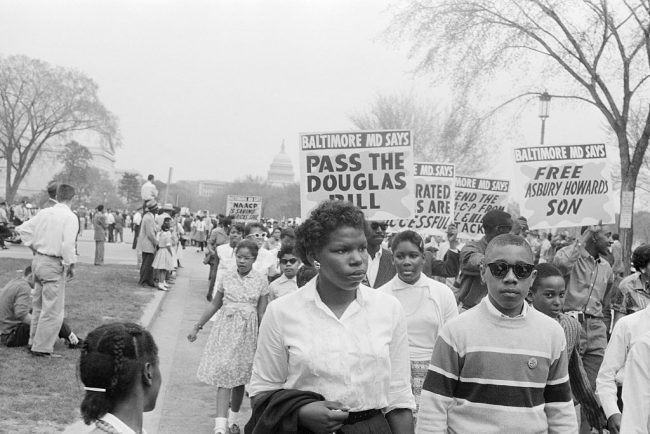
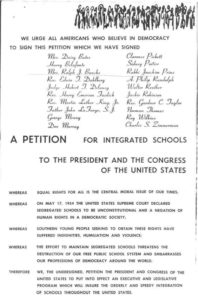
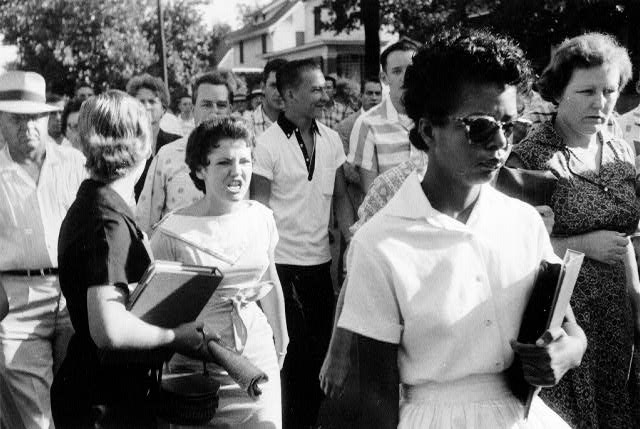
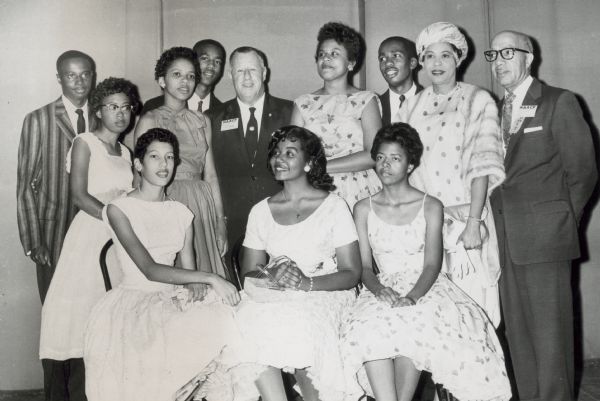
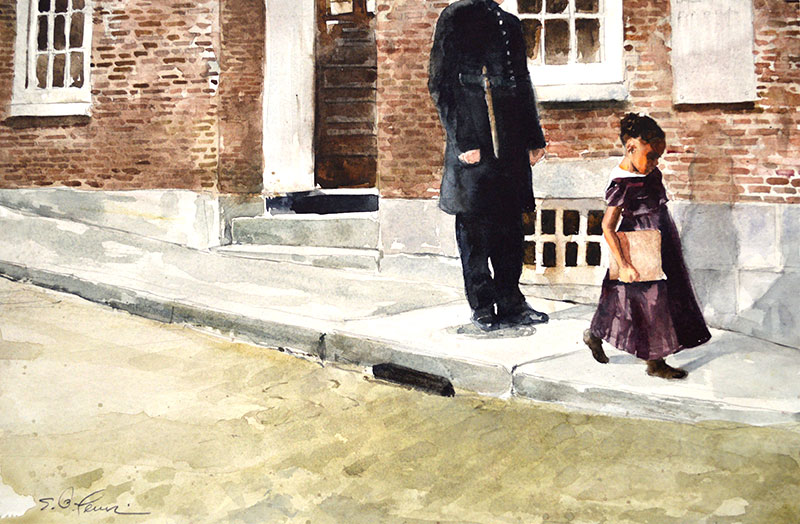
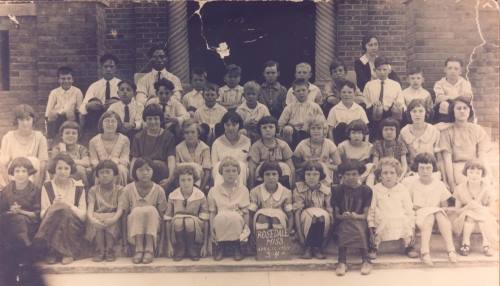
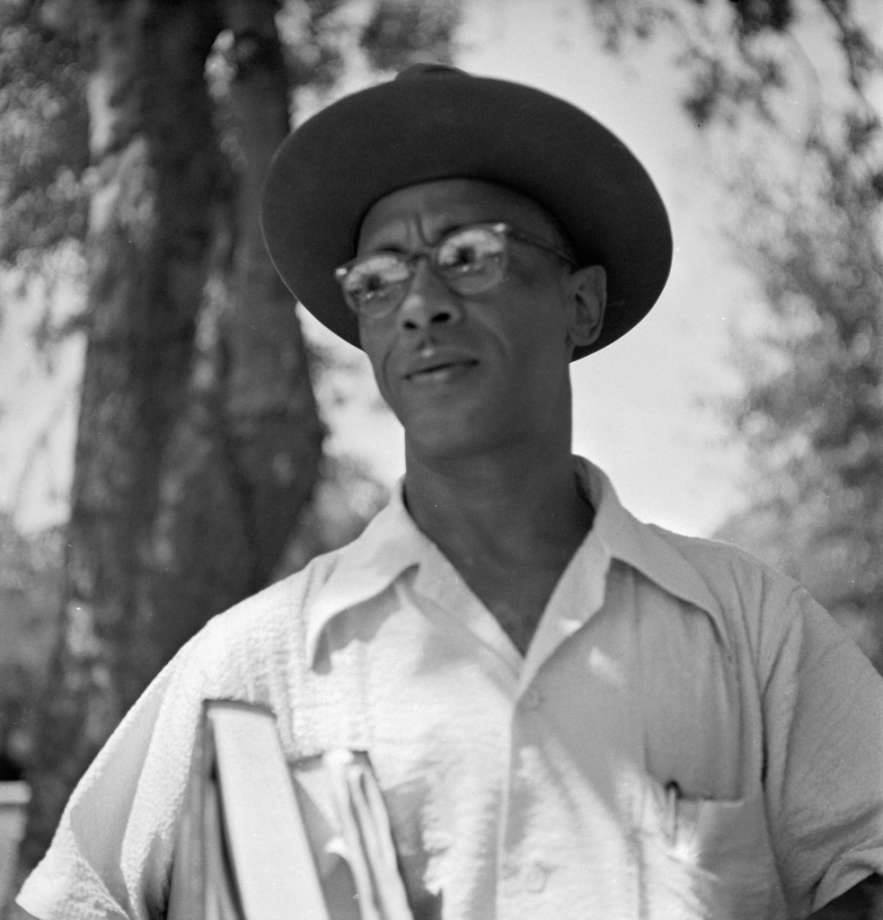
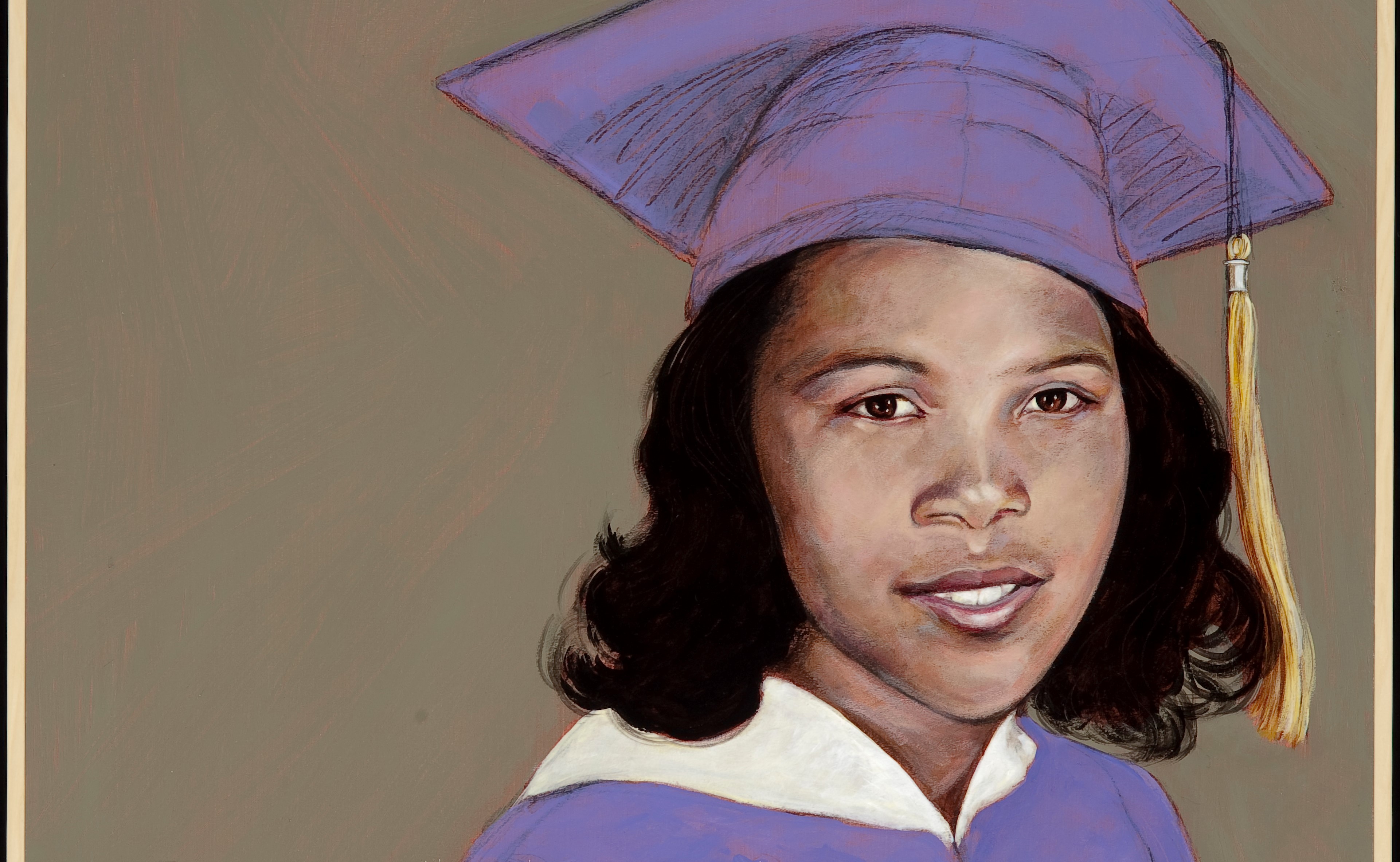
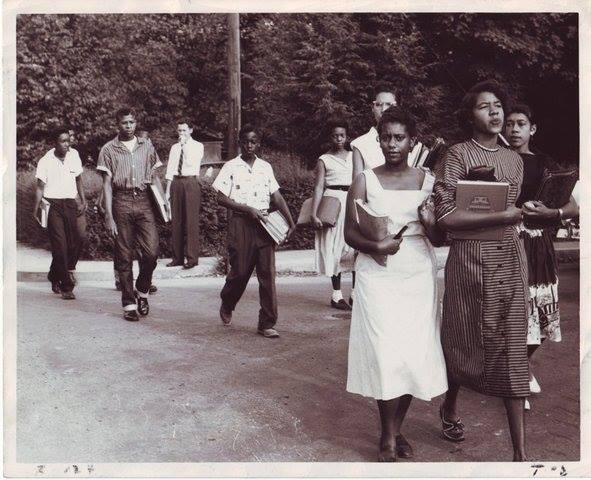
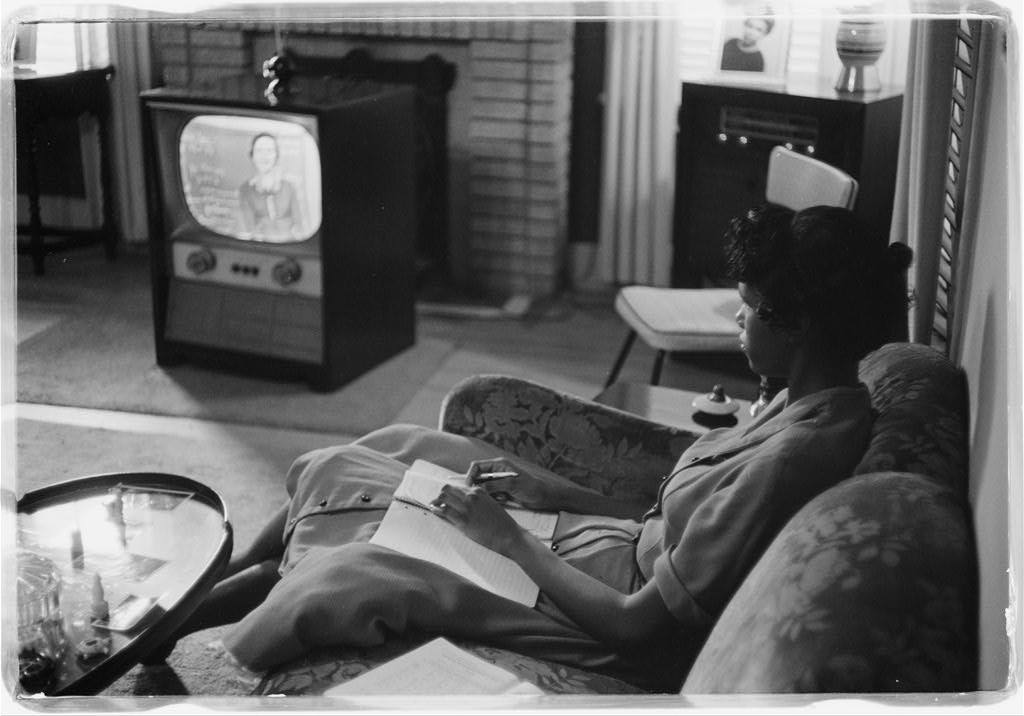
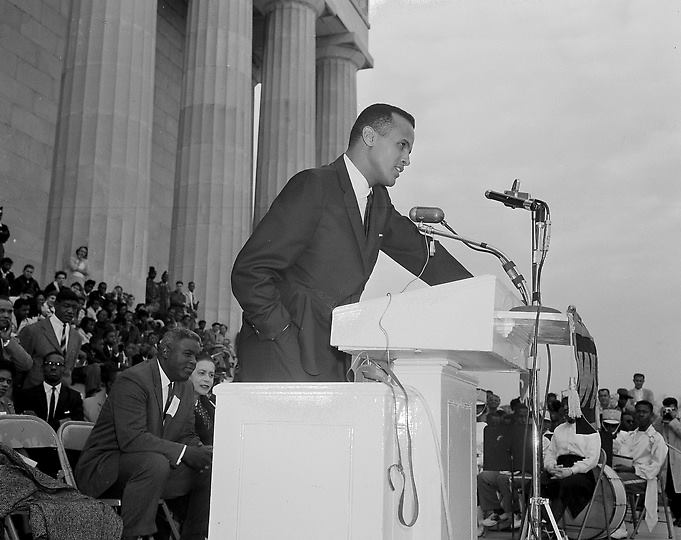

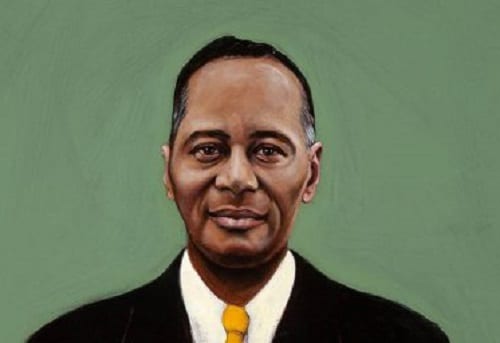





Twitter
Google plus
LinkedIn